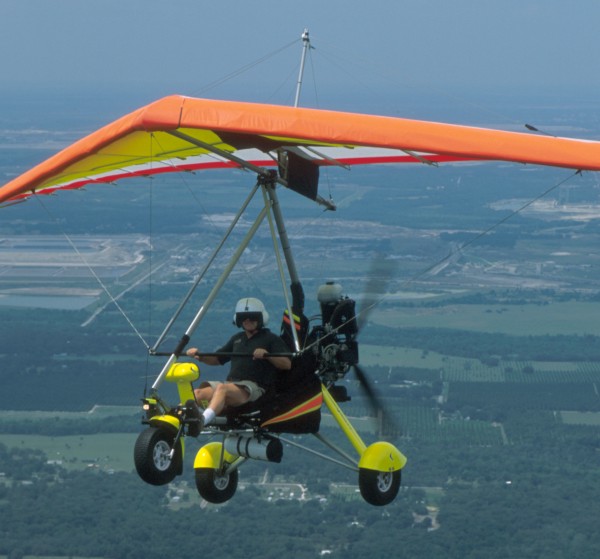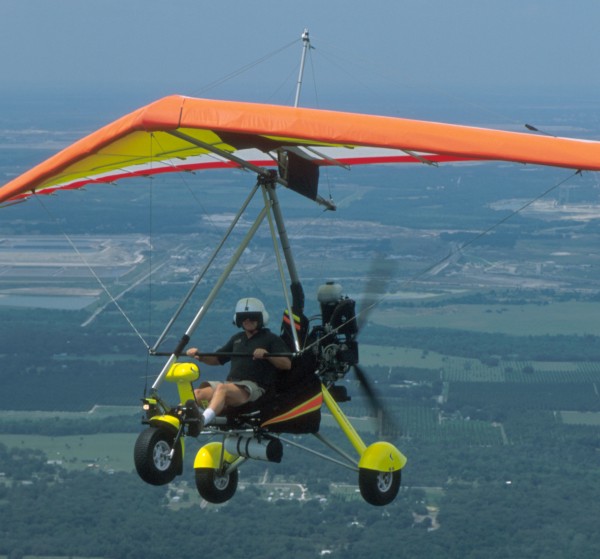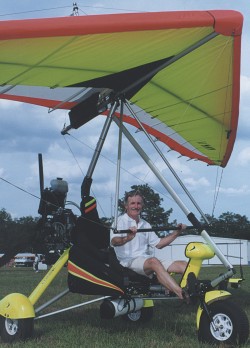
Not long ago, Americans couldn’t buy products from South Africa because of that country’s apartheid policies. Our government employed economic sanctions that kept South African aviation developments off our radar. However, as their ultralight producers did business with Europe, the Southern Hemisphere country kept up with ultralight aviation despite the sanctions imposed by the United States. One South African ultralight product is the Aquilla, a sturdy trike from Solo Wings in South Africa. If the name Aquilla sounds vaguely familiar and a bit Italian to you, go to the head of the class. You’d be right on both counts. Aquila – spelled with one “l” – is a constellation in the Northern Hemisphere and the Milky Way. Exactly how a star in the northern skies inspired someone in South Africa I don’t know. Aquila is also a city of central Italy northeast of Rome. Nonetheless, Solo Wings owner Aidan De Gersigny, who has been involved with hang gliding since the late 1970s, says Aquilla means “Eagle” in Latin, a name he used for a hang glider he sold 15 years ago.












